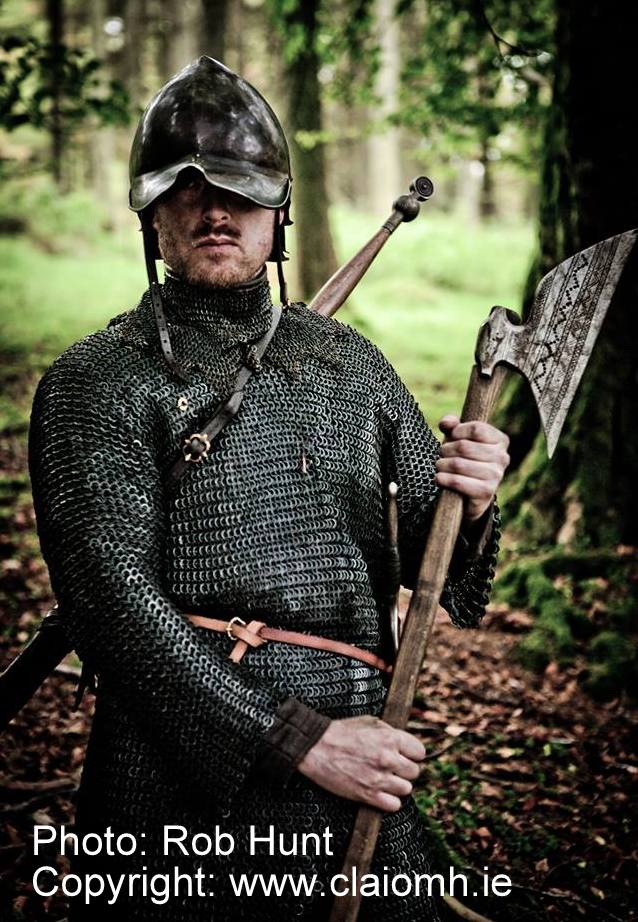

M110 8 inch: First Gulf War (32 Heavy Regiment R.A.).Striker/Swingfire and Blowpipe: 1979 to 1983, (32nd Guided Weapons Regiment R.A.).1973 Patrolling the borders and Guarding Long Kesh Detention Centre.(5 month tour).6 February 1971: Robert Curtis became the first British soldier to be killed in the troubles, when he was shot by the IRA on New Lodge Road, Belfast, attached to the battery.Based on HMS Maidstone, Flax St Mill and Albert St Mill The Company was reformed late in 1943 and fought in France, Belgium, Holland and Germany from D Day+1 to Victory in Europe Day. Once more the Company destroyed its guns and 12 Officers and 218 Other Ranks fell into the hands of the enemy. After being cut off from the rest of 50th Division and having fired all its ammunition the acting Brigadier ordered all organised resistance to cease. On 1 June 1942 the Company was in support of 150 Infantry Brigade west of Bir Hachem. The Company was soon in action again and helped to relieve Tobruk. After the first desert campaign the Company went to Greece whence it escaped to Crete after destroying all its guns. In World War II the Company served in North Africa, Crete and North West Europe. It was reorganised as Medium Battery in 1927. Soon after this the Company was involved in the expansion of Coastal Artillery caused by the German Naval threat. The Company came home in 1822 after 14 years in the West Indies and North America and was not to fight again until 1903–1904, when it was organized as a Camel Battery and helped to quell the disturbances in the Aden protectorate. The Company has been known as Battle Axe Company Royal Artillery since, although the title was not officially recognised in Army Orders until 1926, 117 years later.įrom Martinique The Battle Axe Company, went to Canada and in 1813–1814 took part in the American War. These trophies were a Brass Drum(lost over board on the way home) and a Battle Axe. The Battery Commander petitioned that the gun be replaced by something more easily carried and two French trophies captured at Martinique were given in its place. Having distinguished itself the Force Commander wished to give a captured French gun to the Company. During the Napoleonic Wars it helped capture the Caribbean island of Martinique on 24 February 1809. was raised at Kilkenny on 1 April 1801 from men of the disbanded Royal Irish Artillery. 74 Battery(The Battle Axe Company)Royal Artillery.


 0 kommentar(er)
0 kommentar(er)
